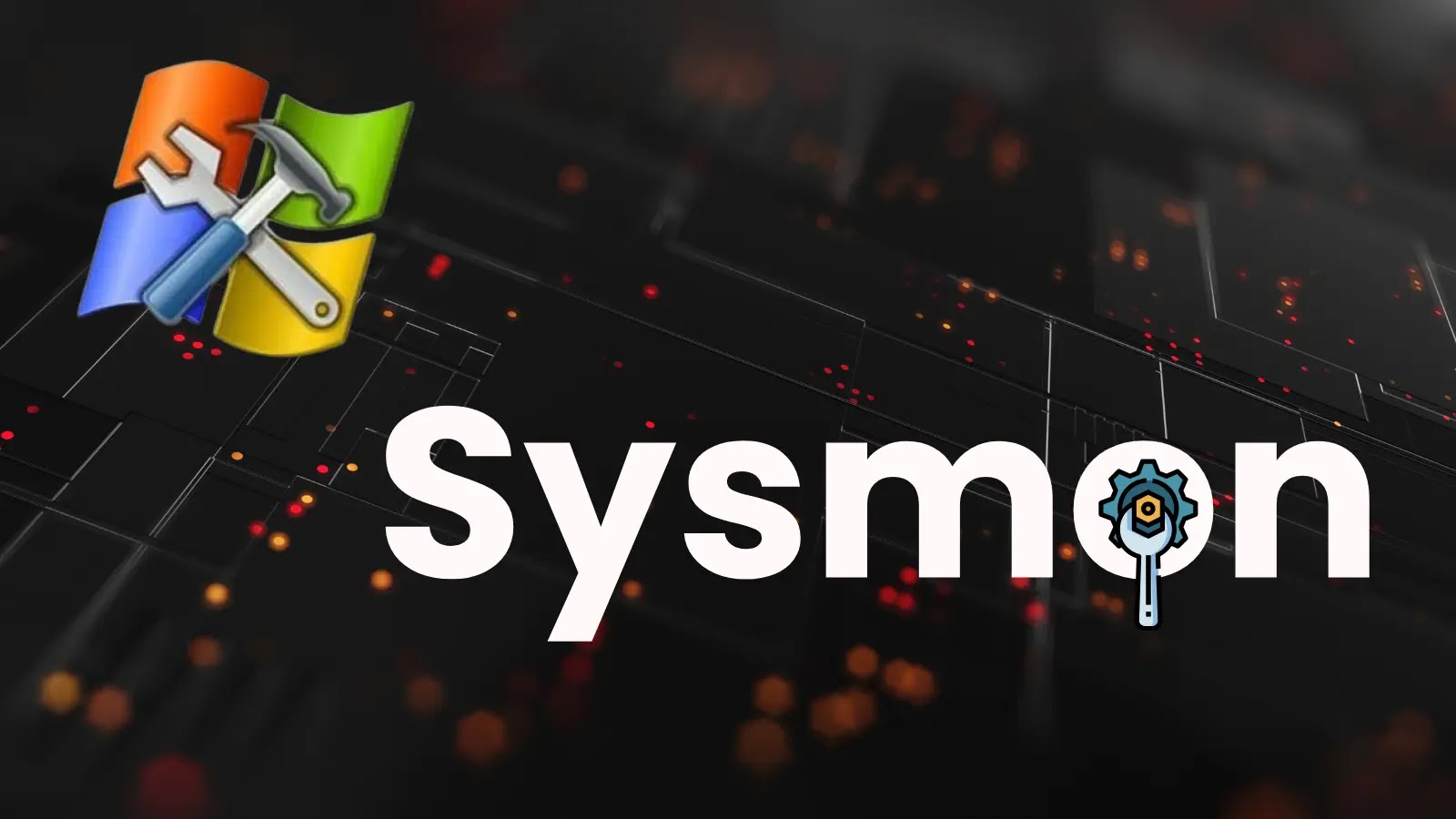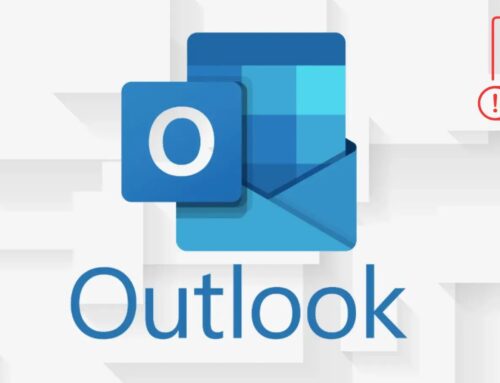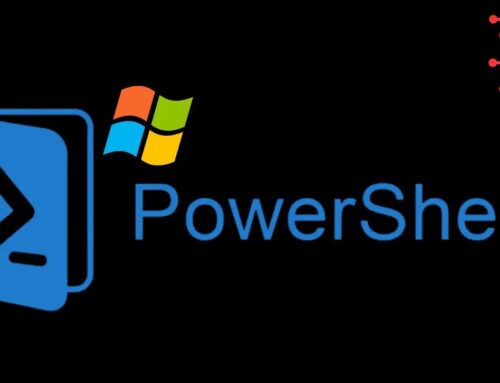
Sysmon – Go-to Tool for IT Admins, Security Pros, and Threat Hunters Coming to Windows
Sysmon’s Native Integration: A Game Changer for Windows Security
For years, System Monitor (Sysmon) has stood as an indispensable utility in the cybersecurity toolkit. Its granular logging capabilities have empowered IT administrators, security professionals, and threat hunters with unprecedented visibility into Windows system activity. The news that Microsoft plans to integrate native Sysmon functionality directly into Windows 11 and Windows Server 2025 marks a pivotal moment, fundamentally transforming how organizations approach threat detection and incident response. This move eliminates the historical friction of manual deployment and configuration, ushering in an era where advanced endpoint telemetry is a default, not an add-on.
The Power of Sysmon: A Brief Overview
Sysmon, part of the Windows Sysinternals suite, provides highly detailed information about process creations, network connections, file modifications, and more. Unlike standard Windows event logs, Sysmon’s logs are designed specifically for security analysis, offering a richer dataset crucial for identifying sophisticated threats. Its customizable rulesets allow security teams to tailor data collection to their specific environment and threat models, making it a flexible and powerful tool for proactive security.
Why Native Integration Matters
The manual deployment of Sysmon, while not overly complex, presented subtle barriers. It required active intervention, scripting, and management across endpoints. Native integration addresses these challenges directly:
- Simplified Deployment and Management: No more separate downloads, installations, or complex GPOs to push the agent. Sysmon will simply be “there,” ready to be configured. This significantly reduces the overhead for large organizations.
- Ubiquitous Visibility: With Sysmon capabilities built-in, a foundational layer of advanced telemetry becomes standard across all supported Windows devices. This broadens the scope of threat visibility and reduces blind spots.
- Faster Incident Response: The immediate availability of high-fidelity logs means security teams can react more quickly to incidents, leveraging detailed process and network activity to understand attack chains and scope compromises.
- Enhanced Threat Hunting: Threat hunters will benefit from a standardized and readily available data source for proactive searching for anomalous behaviors and indicators of compromise (IOCs).
- Reduced Attacker Evasion: As Sysmon becomes a core OS component, attackers’ ability to easily disable or bypass its logging mechanisms may diminish, making their activities more visible.
Impact on IT Admins, Security Professionals, and Threat Hunters
This integration streamlines operations for various roles within an organization:
- For IT Administrators: Simplified endpoint visibility and a stronger security posture by default, reducing the attack surface with minimal additional configuration effort. Troubleshooting complex system issues also becomes more efficient with deep process insights.
- For Security Professionals: A consistent and rich data source for security information and event management (SIEM) systems, enabling more effective alert correlation and threat detection. It empowers robust defense-in-depth strategies.
- For Threat Hunters: A powerful native platform for conducting retrospective analysis and proactive searches across the environment. Instead of deploying agents, hunters can focus on crafting precise queries to uncover stealthy threats.
Preparing for the Future: What to Expect
While the full details of the native implementation are yet to be revealed, organizations should start considering the implications:
- Review and Update Sysmon Configuration: If currently using Sysmon, assess existing configurations. The native version might introduce new event IDs or configuration parameters, requiring updates to ensure complete logging.
- Integrate with Existing Security Tools: Plan for seamless integration of native Sysmon logs into SIEMs, Endpoint Detection and Response (EDR) solutions, and other security analytics platforms.
- Training and Education: Ensure security teams are familiar with Sysmon’s event IDs and how to analyze its output effectively, as its ubiquity will make this skill even more critical.
- Storage and Retention: Understand the volume of data generated by Sysmon. Planning for adequate storage and retention policies for these critical logs is essential for long-term incident investigations and compliance.
Key Takeaways: A New Era of Windows Security Visibility
Microsoft’s decision to integrate Sysmon natively into Windows 11 and Windows Server 2025 is more than just a convenience; it’s a strategic enhancement to the operating system’s security foundation. This move democratizes advanced endpoint telemetry, making it accessible and manageable for a broader range of organizations. It promises to strengthen defenses, accelerate incident response, and empower security professionals to maintain a clearer picture of their Windows environments, solidifying Sysmon’s role as the go-to tool for deep system insight.





